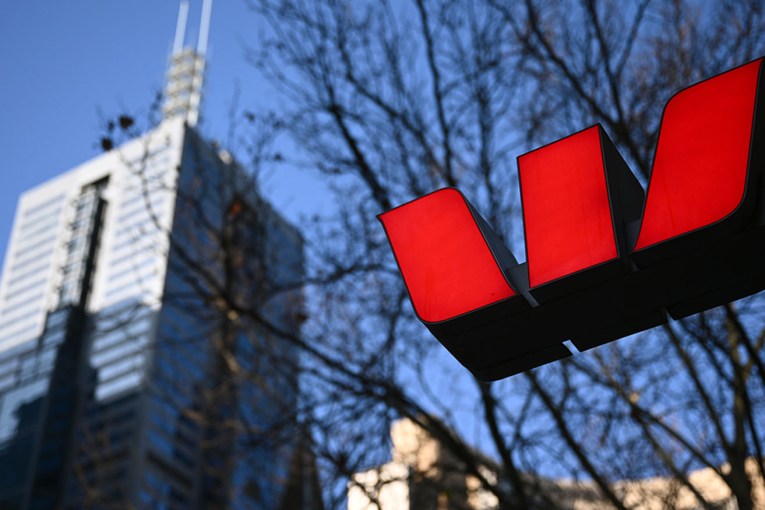How regulators have set Aussies up for a fall


Shutterstock
A decade ago I took the unusual step of pinning a newspaper article to the office noticeboard. The headline read: “We’re on a long and slippery slide to disaster.”
The article, by Fairfax writer Tim Colebatch, pointed to the unsustainable trend of a nation living not on what it earned, but on what it borrowed.
• Do you have a mortgage? It’s time to cry ‘shark!’
• Ten ways to promote affordable housing
• How to choose that important first mortgage
• Canberra is missing the point on renewables
We were running large current account deficits, meaning that the amount we earned from abroad was smaller than the amount foreigners earned from us. We still run large current account deficits.
In fact, our last current account surplus was a few months before the dismissal of the Whitlam government in 1975.
Those deficits are paid for, or ‘balanced’, by capital inflows – money we borrow through our banks or capital flowing into the country to buy assets.
In ‘surplus’ countries such as Germany, the flows are the other way around.
The Germans earn more from abroad than foreigners earn from them, and so capital has to flow out of the country. Each year, a surplus country owns a bit more of the global economy outside its borders.
In Australia, each year the world owns a bit more of our economy – worth an average of $50 billion per year in the past five years, equivalent to one firm the size of Wesfarmers.
Can that go on forever? Well no, but it can go on for a long time – that’s why the headline 10 years ago talked about a ‘long’ slide towards disaster.
And yet here we are, close to the end of that “long and slippery slide”, scratching our heads and wondering how to kick-start export industries to fund our addiction to foreign goods and services.

Reserve Bank governor Glenn Stevens.
It is going to be hard. Very hard. Because despite numerous voices speaking up on these issues over the past decade, the voices that counted – the RBA, APRA and the politicians – couldn’t see a problem. Until now, that is.
And at one minute to midnight, policy makers think we’d better try to control the credit bubble, get more capital out of residential property and into productive businesses, and thereby get some new export industries going.
APRA is clamping down on housing investor loans, the government wants to restrict the use of leverage within super funds to invest in property, and the RBA is reluctant to stoke the credit bubble with further rate cuts (though has left the possibility open) despite the ongoing softness of the economy.

The hot housing market is putting the economy at risk, says APRA.
So why have they taken so long to adopt a more prudent stance?
These measures come too late: private debt is peaking just as the mining boom winds down, cracks begin to widen in China’s growth model, and with the US Federal Reserve about to tighten monetary policy for the first time in seven years.
The Reserve Bank and Australian Prudential Regulatory Authority will protest that ballooning private debt in Australia (about a third of which is funded from abroad) has been accompanied by a corresponding rise in the value of the assets Australians hold – predominantly shares and property.
So what’s the problem?
The problem is that the market value of those assets does not always increase. There may be large corrections in the share market and housing market when the Federal Reserve tightens rates and draws investment dollars back to the US.
That’s not guaranteed, but the Fed rate hike will be a game changer, with unpredictable consequences for a small economy such as Australia.
The big question for the RBA, APRA – and the politicians who have failed to call out both for their too-sanguine approach to monetary policy and credit regulation – is why they couldn’t see the perfect storm brewing.
Others certainly did.
Malcolm Turnbull saw it when he called for the creation of a sovereign wealth fund to put capital aside for leaner times.
Former Treasury Secretary Ken Henry saw it when he recommended higher tax rates for miners at the peak of their profitability, again to prepare for tighter budgets ahead.
Economist Ross Garnaut saw it before and after he wrote the prophetic book Dog Days at the end of 2011.
And even my old walking buddy Professor Steve Keen tried to warn Australia against allowing capital to keep flooding into housing rather than into the business sector.
Why were these views dismissed until we’re right at the end of the ‘slippery slide’?
Because so many people had their heads in the sand.
When the nation has a Treasurer telling first homebuyers as recently as June that it’s “more affordable than ever to borrow money for a first home”, it’s less surprising that regulators sat on their hands so long.








